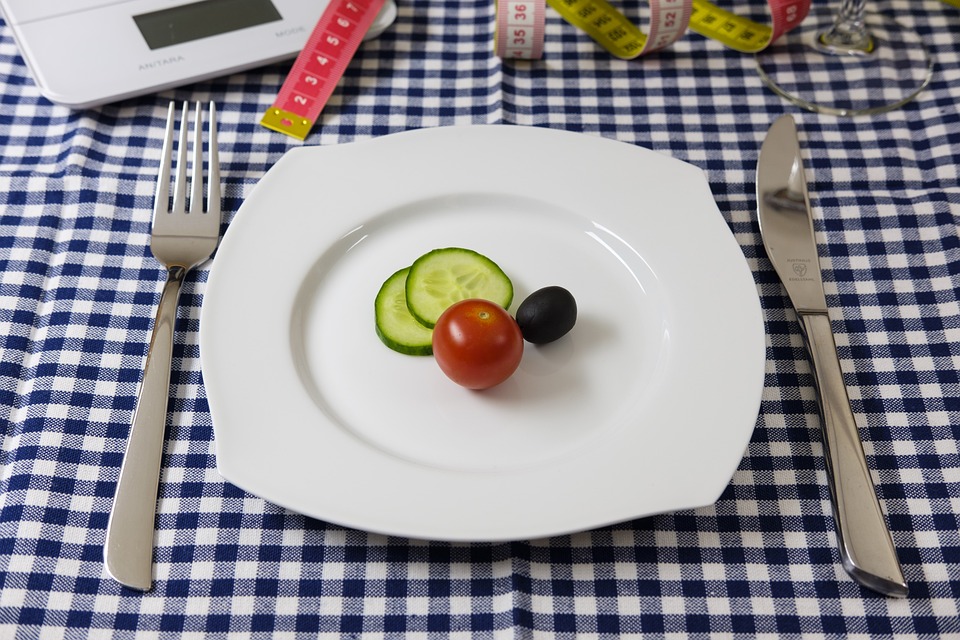Sewing projects can be elevated to the next level with the use of satin bias tape. This luxurious and versatile material can bring a touch of elegance and professionalism to any garment or home decor item. Whether you are a novice or experienced seamstress, satin bias tape can be a game-changer in your sewing projects. In this article, we will explore some tips and tricks for using satin bias tape to enhance your creations.
First and foremost, let’s understand what satin bias tape is. Bias tape is a narrow strip of fabric that is cut on the bias, meaning it is cut on a 45-degree angle to the grain of the fabric, allowing it to stretch and curve easily. Satin bias tape is made from satin fabric, giving it a smooth, shiny surface that adds a touch of elegance to any project.
One of the most common uses for satin bias tape is to finish the edges of garments. Instead of using a traditional hem or facing, satin bias tape can be sewn along the raw edges of a garment to create a clean and professional finish. This technique is especially useful for lightweight and delicate fabrics that may fray easily.
Satin bias tape can also be used to add decorative accents to garments and home decor items. It can be sewn along the edges of pockets, cuffs, collars, and hems to add a pop of color and an extra touch of style. Additionally, it can be used to create straps, ties, and belts for dresses, tops, and skirts, adding a unique and sophisticated detail to your designs.
When working with satin bias tape, it is important to take your time and pay attention to the details. Here are some tips and tricks for using satin bias tape in your sewing projects:
1. Press the satin bias tape before sewing it onto your project. This will help to eliminate any wrinkles and creases, and ensure a smooth and even application.
2. Use a narrow seam allowance when sewing satin bias tape. This will help to prevent the fabric from puckering and create a clean and professional finish.
3. Consider using a walking foot or a roller foot on your sewing machine when sewing satin bias tape. These special presser feet can help to feed the fabric evenly and prevent it from slipping or stretching during sewing.
4. When sewing satin bias tape around curves and corners, clip the seam allowance to allow the bias tape to lay flat and smooth. This will help to prevent any puckering or bunching of the fabric.
5. Experiment with different widths and colors of satin bias tape to add a unique and custom touch to your sewing projects.
In conclusion, satin bias tape is a versatile and luxurious material that can elevate your sewing projects to new heights. Whether you are adding a decorative accent to a garment or finishing the edges of a home decor item, satin bias tape can add a touch of elegance and professionalism to any project. By following these tips and tricks, you can make the most of this beautiful and versatile material in your sewing endeavors.

